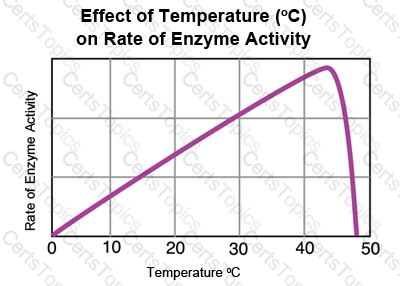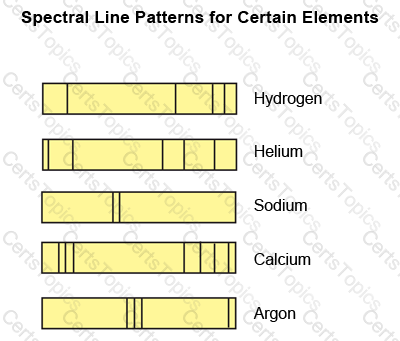Wheat is the staple cereal for most of the world. Flour is made from the kernel of the wheat plant. The kernels are first separated from the plant stem and then broken apart by the milling process. The husk, the outer layer unusable for most purposes, is removed.
The wheat kernel (whole grain) has three main parts: germ, bran, and endosperm. The germ is especially rich in vitamin E, niacin, and riboflavin. The bran, a protective coating around the kernel, is also a rich source of nutrients and fiber. The endosperm, making up 83% of the kernel, is the soft inside portion containing starch and proteins.
Although the enrichment of white flour restores some of the lost nutrients, there are some vitamins and minerals that are lost in the refining process and not replaced. A valuable source of fiber is also lost.
Ling reads an article that states that many people don’t get enough fiber in their daily diet.
Which type of bread would be the best to recommend to Ling?
Why is algin used in a chocolate milk shake?
Exhibit:

Based on the graph above, after which of these temperatures (Celsius) does enzyme activity begin to first show a decrease?
Line spectra, a series of bright lines, are shown above for several elements. Scientists find these spectral lines, which are essentially a set of chemical "fingerprints," to be useful for the identification of elements. Each element produces a unique series of spectral lines referred to as an emission spectrum. An unknown sample can be identified by matching spectral lines with those of a known element.


Based on the information and diagram, which element is present in the sample shown on the left?